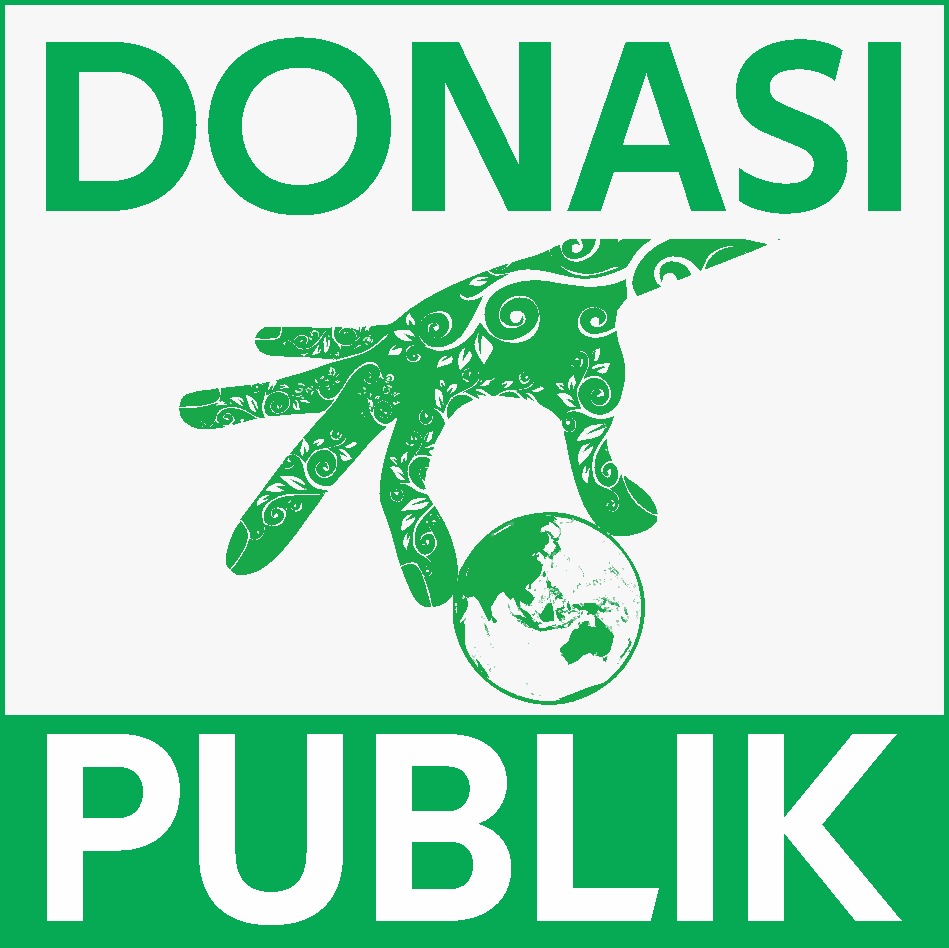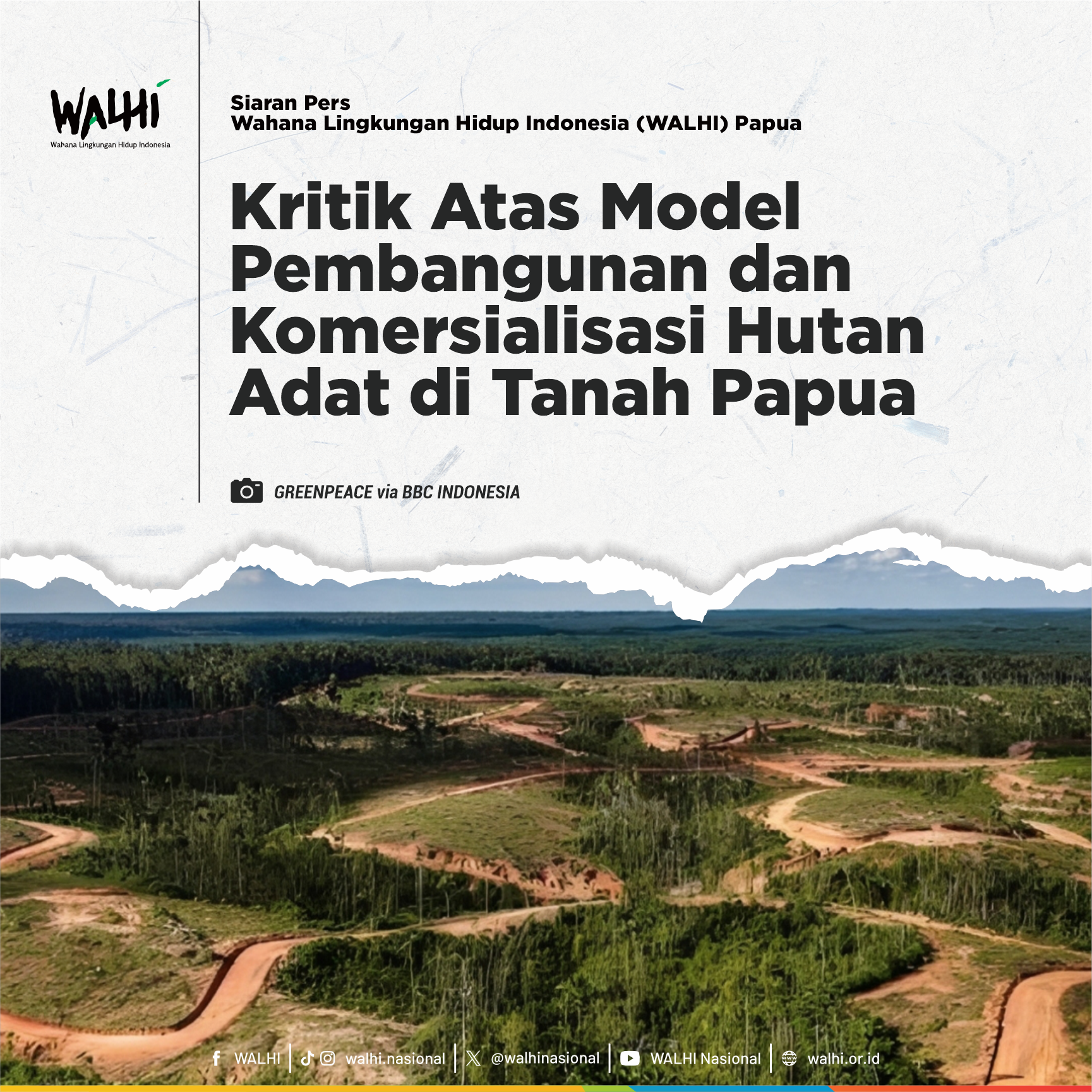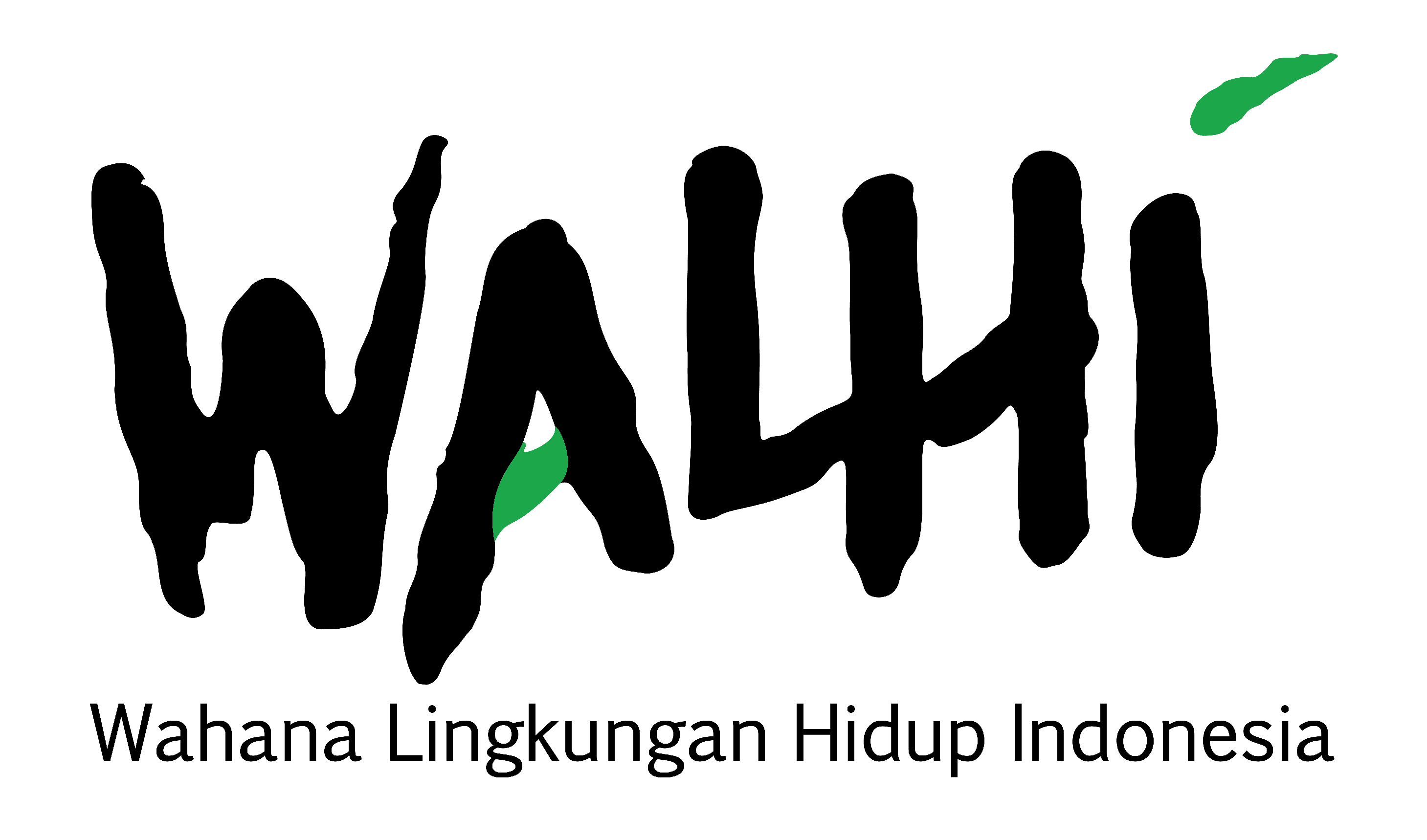Peat land ecosystem has important role in the sustainability of living creature existence including human, flora and fauna living inside of it. Moreover, peat land ecosystem has crucial function because it saves carbon of which being destroyed will affect massively on the increasing level of emission which will worsen the global climate condition. The total area of peat in West Kalimantan is 1.72 million ha or about 11.8% from the total area of West Kalimantan worth 146,807 km2. The peat area in West Kalimantan retains carbon of 3,625.19 million ton. To keep the peat area, the role of the people is very important, because not only that they have lived there for such a long time, but also the local wisdom in using the peat area for farming is a solution worth to encourage as an alternative in managing the peat lands. Farming is part of the local wisdom for people in West Kalimantan which is also part of their cultural identity in addition to an effort to fulfill their needs of food and family economy. Farming, or in local community called as Bauma Tahutn which actually is a process of take turn farming. It is called like that because in its practice, the community does farming according to a rotation cycle starting from land clearing to using the land after being harvested. After being farmed, the land is not abandoned, but being planted by various kinds of vegetables and other hard plants such as rubber.
The people in Sungai Enau Village and Teluk Bakung Village in their farming avoid clearing the peat lands. In general, farming activities are done in mineral land areas. The land is opened is in small scale. If the farming is done in peat land, usually the clearing area is done in area with little peat. There are two locations with little peat chosen for farming; such locations are in watery lowlands, usually for planting rice. This area in local language is known as payak. While in flat watery land located in hills or tidal area is known as bancah. The farming process in two villages is also as an effort to pass down existing culture for next generations. This process is going through several steps all of which involved the community in mutual assistance. From the farming process, it is found out that there is traditional knowledge, togetherness, anticipation measures for a bad land fires with local wisdom. To make sure that this step is done as it should be, there is one traditional leader who has special role to lead the faming process as part of traditional organization known as Tuha Tahunt. The farming steps starts with discussion to determine the location of land clearance. Then, the clearance land step by burning is done very carefully and uses ancestor’s advices as guidelines.
One of them is by planting bamboo full of salty water in four corners of the land being cleared and followed by traditional ritual. They believe that fire has a king, so to control the fire not to spread everywhere, they should do some prayers. Moreover, the bamboo full of salty water is a symbol that the land clearance by burning shall be done very carefully and limited to the land bordered by the four bamboos, the salty water is a symbol of controlling the fire not to spread outside the designated borders. As practiced by the people in Sungai Enau Village, before burning the lands, the area surrounding the farm shall be cleaned by making borders along the lands with one to four meters distance so that fire will not reach that area and it will make the control over fire easier. Then in the process of land burning, it engages other people together including to inform and engage other land owners nearby. Not only that, they also provide several equipment for fire extinguisher and make a pond to retain waters, and pay attention to weather condition and wind direction. Therefore, there will be no fire widespread coming from the land cultivating of the people. If such thing does happen, it is in a small scale and is settled traditionally or amicably and paying for damages.
While for the people in Teluk Bakung Village, the same practice is done by them, in addition to the use of traditional organization in arranging the land clearance, in Teluk Bakung Village is also existed a village regulation regarding forest and land fires control, which is contained in Village Regulation No. 1 of 2003 regarding control over forest and land fires village-based. Article 8 regarding prohibition of burning lands during dry season, it is prohibited to do so for anyone having the land or land of other people; the burning is allowed in small scale engaging number of people and has to inform the village officials, local leaders or traditional leaders. This village regulation can be a breakthrough in managing the peat land participated by the people. The implementation of policy forbidding to burn without exception which puts the people as the responsible party for the spreading fires shall be corrected. The effort to engage people in preventing forest fire shall be started by making the local wisdom practice which has been applied from generations to generations as prevention model of wider forest fires. Summarized from Study Book “People’s Management over Peat Bogs Ecosystem: Lesson Learned of Various Pictures and Counter Argument” published by Wahana Lingkungan Hidup Indonesia (WALHI) in 2016.






